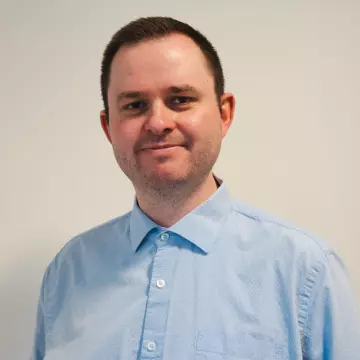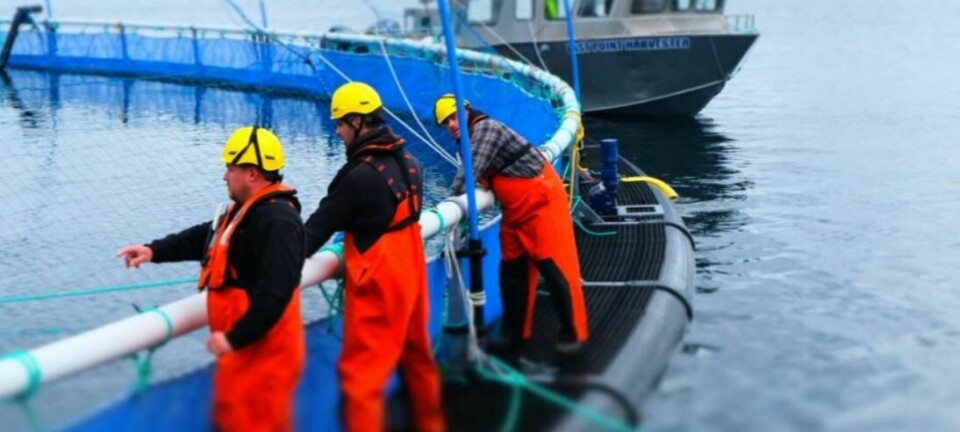
Ex-Mowi CEO Aarskog backs closed containment for salmon sector growth
Former Mowi chief executive Alf Helge Aarskog has expressed his support for keeping farmed fish in closed cages.
Aarskog, who stepped down from his leadership role in the world’s biggest salmon farmer in 2019 after almost 10 years in the job, was speaking to Norsk Fiskeoppdrett (Norwegian Fish Farming) magazine, which belongs to the same company as Fish Farming Expert, during the AquaNext conference held recently in Stavanger, Norway.
“If you look at the Norwegian Directorate of Fisheries’ statistics, there were an average of 447 million salmon at any given time in breeding cages along the coast in 2023,” said Aarskog, who is now listed as a board member in 13 companies.
The lice are not necessarily the challenge directly, but treatment frequency and methodology affect the fish
“Say you are kind and think that each salmon has 0.3 sexually mature lice on average, with a generation time for the lice of 14 days. If you multiply that, you get an enormous number of possible lice larvae that come into the sea. Then it is a challenge to grow on one side, without doing anything with the other. The lice are not necessarily the challenge directly, but treatment frequency and methodology affect the fish negatively. Stress and poorer immune system due to a thinner mucus layer, gives increased mortality as a consequence.”
Lower mortality
Although there is a lack of research in the field, he believes that it is still possible to see a number of characteristics shared by facilities that keep salmon separated from lice, whether on land or in the sea.
“You see that suddenly there is very low mortality, good quality of the fish, and a low feed factor at such facilities. There is nothing specific that distinguishes the operation other than that the salmon are away from the lice. Yes, there will be other diseases, but to a much lesser extent.”
Aarskog therefore believes that it is very wise to take action towards more closed facilities. If the industry is to achieve further growth, he believes further action must be taken. In Norway, the industry has increasingly large smolts, submerged facilities and is moving to offshore facilities, all because of the lice.
“I think the industry can grow further if that growth comes to the greatest extent possible in zero-emission plants, where you separate the salmon from the lice, and you also collect particulate waste such as feed and fish excrement.”
Submersible pen limitations
Asked whether he thought submersible cages could offer a solution, Aarskog said: “I have faith in it in certain areas, but you need to have depth in such locations. On the outside of Hitra-Frøya, this does not help, as it is too shallow. In locations with enough depth and the right current conditions, submersibles can certainly help to reduce the number of lice.”
He also pointed out that with a submersible pen it will be more difficult to collect the fish waste; the pen is a little more exposed; and data control is not as good.
“I believe in the combination that gives the best biological result at the lowest energy consumption and lowest investment cost. When it comes to land-based production, it has its advantages, but not necessarily in Norway. In Iceland, they have much lower energy costs on land-based, compared to Norway, and you are a little closer to the market,” said Aarskog, who, among other things, sits on the board of Icelandic company Samherji, which farms salmon and Arctic char in land-based farms.
Ova biosecurity
Asked if any measures could be taken to improve fish health, Aarskog replied: “There is a lot we can do (in Norway), and the easiest thing is to have good biosecurity in ova production, and keep male and female fish separate, until the disease situation on the eggs is under control. Currently, as far as I know, there is only one facility that does this in Norway, and that is Profunda.
“After that, own boats for smolt transport are important.
“At sea, it is absolutely essential to avoid handling (lice treatment) as much as possible. Of course, once we’ve resolved that, normal biosecurity procedures come in and help. Genetics and feed are absolutely essential in relation to having good fish health.”
Aarskog is clear that the Norwegian authorities should have arranged for an investment scheme, where you get rewarded for having zero emissions of lice and particulate organic matter, as both fish farming, processing, and biotech entrepreneur Roger Hofseth, and Sondre Eide, chief executive of sustainability-focused salmon farmer Eide Fjordbruk, have talked a lot about.























































